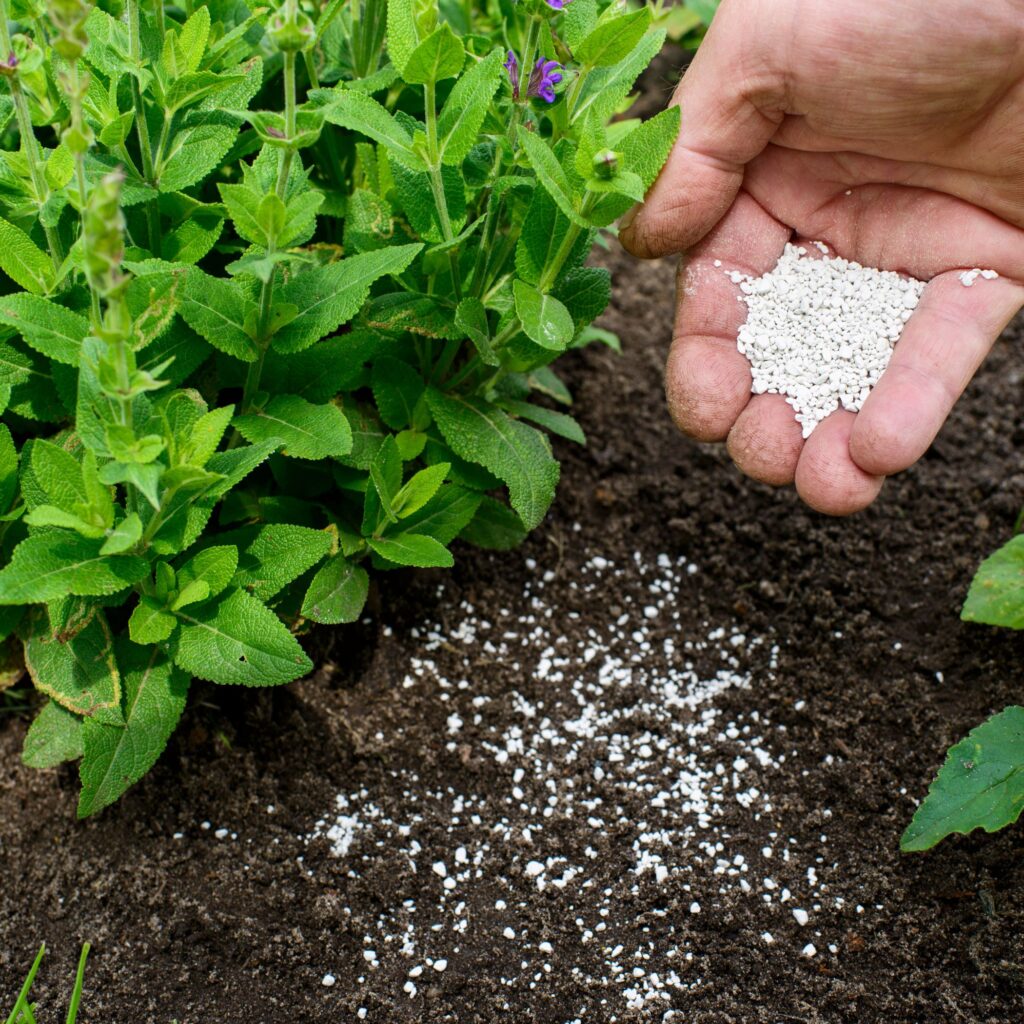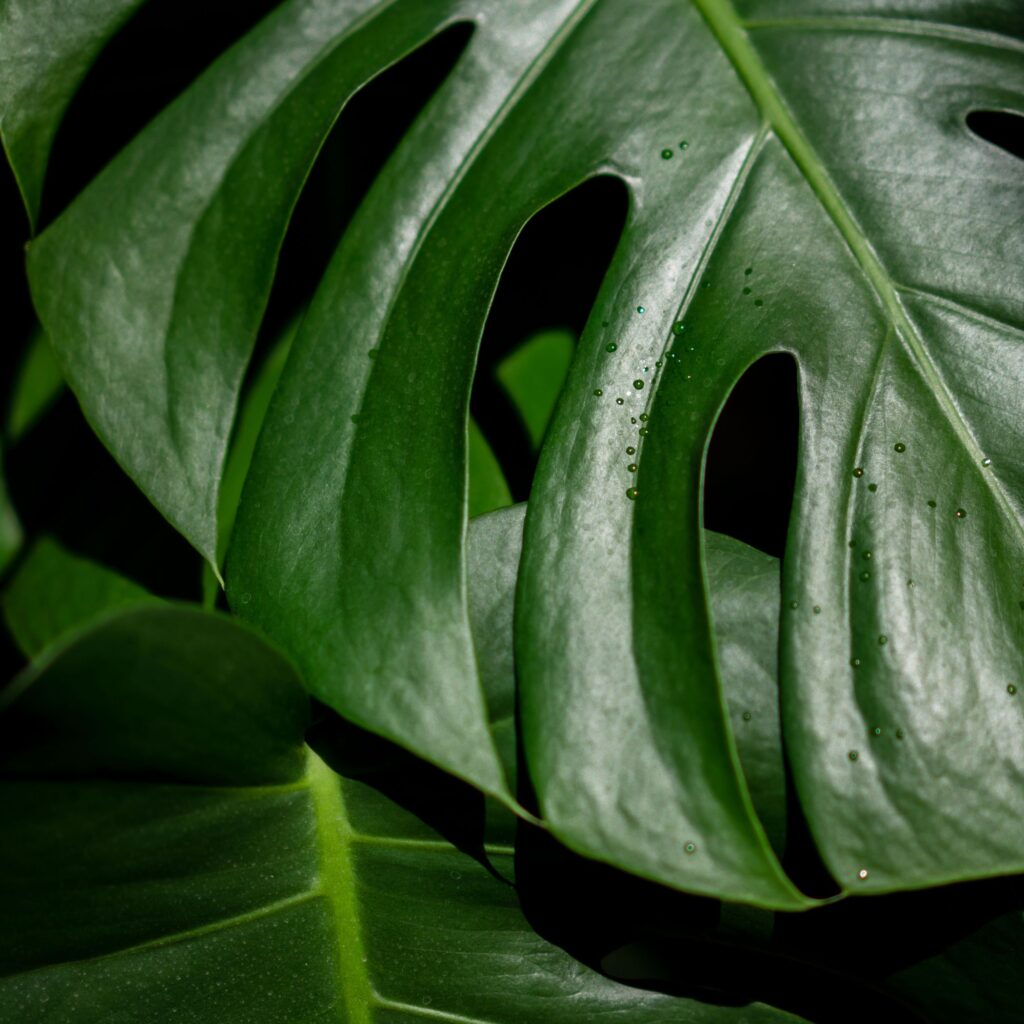
Spider plants are a common choice for indoor gardening because of their long, lush green leaves. Spider Plant Brown tips, however, are a common issue that many owners of spider plants encounter and the discoloration can remove the aesthetic of plants. Let’s delve into the typical causes of brown tips on spider plants, along with what you can do to stop them.
Overwatering is the primary and most frequent reason why spider plants develop brown tips. Since spider plants are native to tropical areas and thrive in soils with good drainage, they don’t like to be soggy. The browning of the leaf tips can result from root rot, which can be caused by overwatering. Make sure the top inch of soil dries out completely before watering your plant.
Brown tips on spider plants can also be a result of underwatering. Although they dislike being soggy, they do require a constant supply of moisture to stay healthy. The tips of the leaves will turn brown if the soil is too dry. Examine the soil frequently to make certain your spider plant is receiving enough water.
Low humidity can also cause brown tips. These plants thrive in high humidity environments, so if your home is dry, you may need to provide additional humidity for your plant. You can do this by using a humidifier, placing a tray of water near the plant, or misting the leaves regularly.
Finally, a lack of nutrients can cause brown tips on spider plants. The tips of the leaves will turn brown if the soil lacks vital nutrients. By regularly fertilizing your spider plant with a balanced, water-soluble fertilizer, you can help to avoid this.
Overwatering, underwatering, low humidity, and nutrient deficiency can all result in brown tips. Being aware of the causes and taking precautions are the first steps to maintain your spider plant’s health and vitality for years to come. You can quickly grow a thriving, lush spider plant with a little care and attention.

The Key to Adequate Lighting: Spider Plant Brown Tips Prevention
Although spider plants are renowned for being low-maintenance, they do require sufficient light. Your spider plant will struggle to survive without the proper amount of light, resulting in weak growth and unsightly brown tips.
Spider plants can tolerate lower light levels but prefer bright, indirect light. Your spider plant will grow leggy and spindly, and the tips of its leaves will start to turn brown if you place it in an area that gets too little light. Furthermore, exposing your spider plant’s delicate leaves to direct sunlight will scorch them.
What steps can you take to make sure your spider plant receives enough light? Find a location that receives bright, indirect light close to a window to start. Sheer curtains are another option for light filtering and avoiding direct sun exposure. You can also use artificial lighting to give your spider plant the light it requires if your home doesn’t have a sunny spot for it.
Giving your spider plant enough light is essential. Finding and creating the ideal location for your spider plant will help it thrive and prevent unsightly brown tips.
How to Make Humidity More Optimal for Spider Plants
Spider plants are native to tropical areas with high humidity levels. Unfortunately, spider plants often struggle in the dry air in most homes, which results in brown tips and crisp leaves.
Placing a tray with water and pebbles close to your spider plant can help with humidity. Your spider plant will receive the moisture it requires as a result of an increase in air humidity caused by the water evaporating. Additionally, you can mist your spider plant frequently or install a humidifier in the space.
In conclusion, spider plants require a little extra support to flourish in the typically dry indoor environment. You can increase your spider plant’s humidity levels and maintain the plant’s aesthetic by using these straightforward suggestions. Give your spider plant the moisture it needs to thrive instead of letting it suffer in the dry air.

A Guide to Preventing and Treating Pest and Disease Issues in Spider Plants: Say Goodbye to Brown Tips
A diseased spider plant may also have brown tips. Typical ailments include:
- Spider Mites: Microscopic pests that can affect your spider plant seriously
- “Thrips Attack”: One method to identify and treat the common spider plant pest
- Mealybugs: Bugs that feed on plant juices of greenhouse plants
- Root rot: A silent killer that can harm your spider plant
- Leaf Spot: An illness that may cause your spider plant’s tips to turn brown
- “Powdery Mildew”: A fungal disease that affects a wide range of plants
Brown tips can be caused by a number of pests and diseases, including spider mites, thrips, mealybugs, root rot, leaf spot, and powdery mildew. These issues can be avoided and treated with routine inspections, proper maintenance, and prompt treatment. Make sure to give your spider plant enough light, water, and humidity, keep it free from pests and diseases, and maintain its beauty.
The Magic of Fertilizing Your Spider Plant: From Dull to Dazzling
By fertilizing your spider plant, you can encourage green growth, avoid brown tips, and maintain your plant’s best appearance. Regular fertilization can also give your spider plant the vital nutrients it needs to resist pests and diseases. When your spider plant is actively growing, which is typically from spring to autumn, is the ideal time to fertilize it.
Make sure to select a balanced, water-soluble fertilizer and use it according to the dosage instructions when choosing a fertilizer. To enhance the general health of your spider plant, you can also amend the soil with some compost or other organic material.
Watch your spider plant grow into a gorgeous, healthy plant by providing it with the boost it needs with some fertilizer!

Guidelines for Repotting Spider Plants
Repotting is a crucial part of maintaining the health and beauty of your spider plant. To avoid harming the plant or limiting its growth, it’s crucial to do it correctly.
Do
Don’t
Following these easy dos and don’ts to keep your spider plant happy and healthy
Spider Plant Self-Care
Like humans, spider plants require routine care. There are a few easy things you can do to maintain the health of your spider plant, from watering to pruning.
- Watering: Be sure to give your spider plant a good soak when the soil is dry to the touch, but don’t overwater it. Spider plants are sensitive to excess moisture and can suffer from root rot if left in soggy soil.
- Pruning: Regular pruning is important for removing yellow or brown leaves, and promoting bushy growth.
- Humidity: If your home is dry, consider using a humidity tray or misting your spider plant regularly to keep it happy.
- Fertilizing: Give your spider plant a boost of nutrients every 2-3 weeks during the growing season with a balanced, water-soluble fertilizer.
You can maintain your spider plant’s health and beauty for many years by including these easy tasks in your routine of care. So go ahead and show your spider plant the affection it needs to become a beautiful addition to your house.
Care for Your Spider Plant
In addition to being stunning, spider plants have a number of health advantages that make them a necessity in every home.
- Air Purification: Spider plants are natural air purifiers, removing harmful toxins from the air and helping to improve indoor air quality.
- Stress Relief: Studies have shown that being around plants can reduce stress and improve mental well-being.
- Increased Humidity: Spider plants release moisture into the air, helping to improve humidity levels in your home. This can help to reduce dry skin, dry eyes, and other health problems caused by low humidity.
- Easy to Care For: Spider plants are relatively low maintenance and can thrive in a variety of conditions.
You can benefit from your spider plant’s lovely appearance, improved indoor air quality, and a variety of health advantages by taking the time to care for it. Therefore, why not treat your spider plant right now and enjoy a happier and healthier home!


